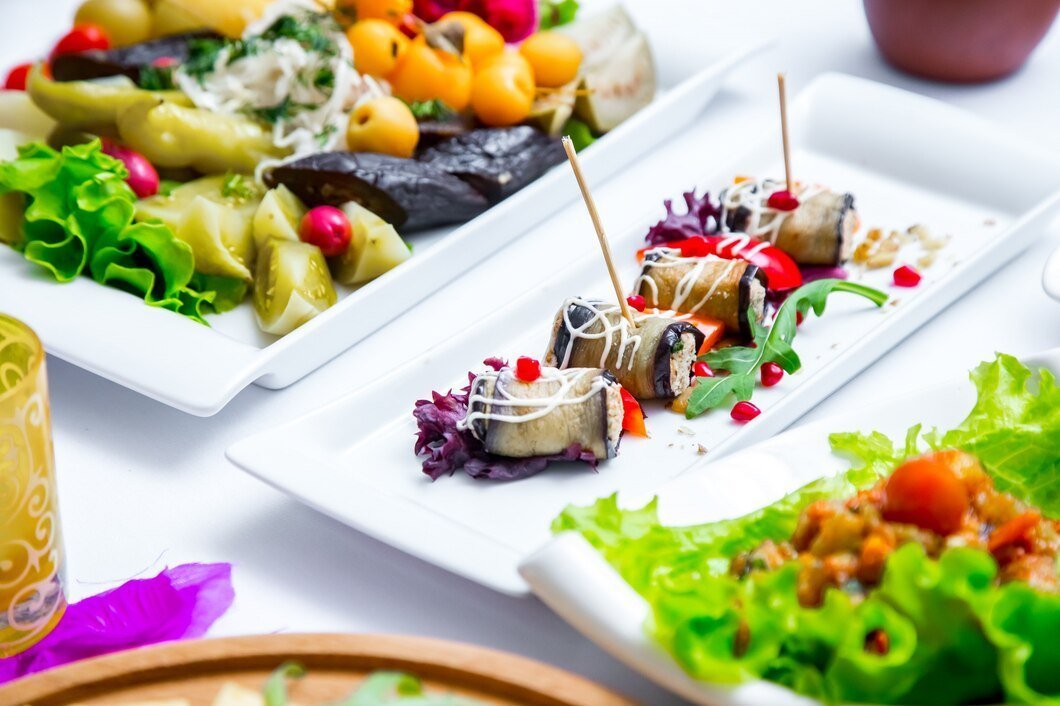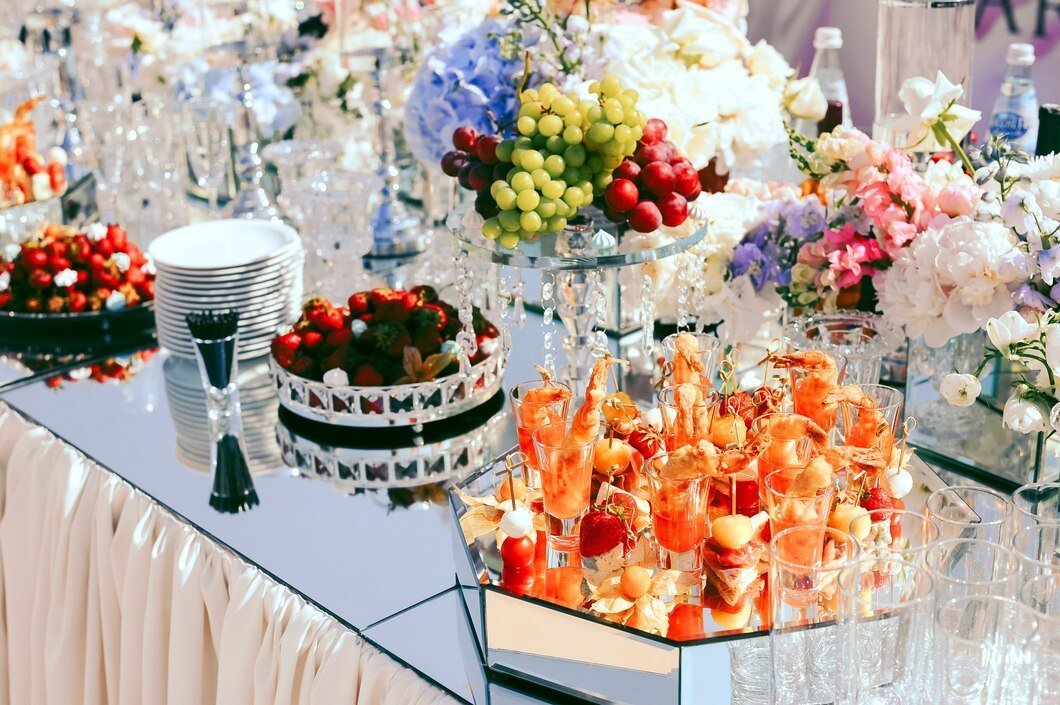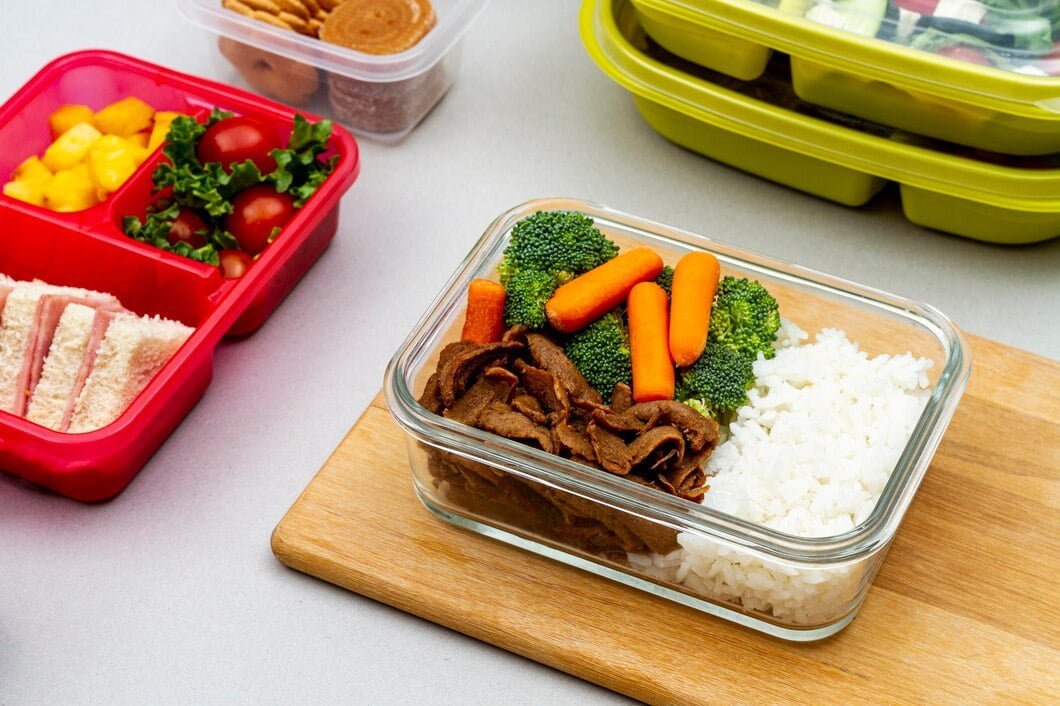A Guide To Bartending: Master The Art Of Pouring Wine & Spirits
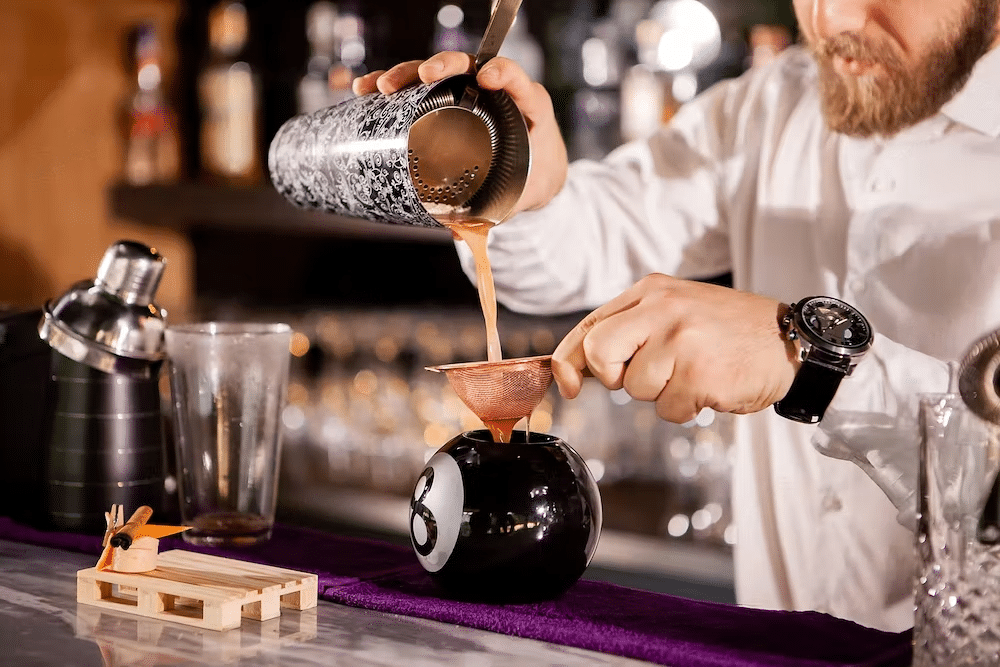
Are you ready to learn the secrets of correctly counting shots when bartending?
Whether you’re a professional or just starting, understanding how to pour counts and mastering free pouring techniques will help ensure accuracy in your drinks. Let’s take a look at what it takes to become a master of the art of counting shots while bartending.
Pour Counts: How to Free Pour?
Pour counts are an important skill for bartenders to master. Free pouring is the technique of accurately measuring liquor without using a jigger or other measuring device, and it takes practice and patience. To get started, count out the pours in your head before pouring each shot. Start with smaller amounts until you become more comfortable with larger ones.
Make sure to pour slowly and consistently throughout the drink to ensure accuracy. Pay attention to how much liquid comes out with each count so you can adjust if needed. Finally, always double-check your pours using a jigger to confirm they are correct. With time and practice, perfecting free pouring techniques like pour counts will help you make drinks quickly and accurately!
How Many Counts Is a 1 Oz Pour?
The number of counts for a 1-ounce pour can vary depending on the speed and technique of the bartender. It’s typically two counts when using a pour spout, but it can be more or less depending on the individual. To get an exact 1-ounce pour, count out your pours in your head before pouring each shot.
To begin with, try smaller amounts until you feel comfortable with larger ones. Also, use “one-thousand” as a counting device to ensure you don’t go over or under. You should pour evenly and slowly throughout the drink to ensure accuracy, and always use a jigger to confirm that you are pouring the right amount.
How Many Counts Is a 1.5 Oz Pour?
A 1.5-ounce pour is typically three counts when using a pour spout, but it can vary depending on the speed and technique of the bartender. To get an exact 1.5-ounce pour, count out your pours in your head before pouring each shot.
Start with smaller amounts before proceeding with larger ones, and use “one-thousand” as a counting device to ensure you don’t go over or under.
Pour gently throughout the drink and double-check pours with a jigger to ensure accuracy. The key is to practice these techniques to make drinks quickly and accurately!
How Many Counts Is a 2 Oz Pour?
A 2-ounce pour is the standard size for a shot in the bartending industry. It is typically 4 counts using a pour spout, but it can vary depending on the speed and technique of the bartender. To get an exact 2-ounce pour, count out your pours in your head before pouring each shot.
Start with smaller amounts until you become more comfortable with larger ones, and use “one one-thousand” as a counting device to ensure you don’t go over or under.
How Many Ounces Is a 4-count Pour?
Pouring shots accurately is an important skill for any bartender. A 4-count pour is a standard-size pour that should yield approximately 2 ounces of alcohol, equivalent to one shot. Counting out each pour should be done in your head before each shot and can be done by counting “one one-thousand” for each count.
It is important to pour slowly and consistently when doing a 4-count so you don’t exceed the desired amount. To make sure that your pours are accurate, it’s best to double-check them with a jigger after pouring each shot.
The Types Of Free Pour Spouts
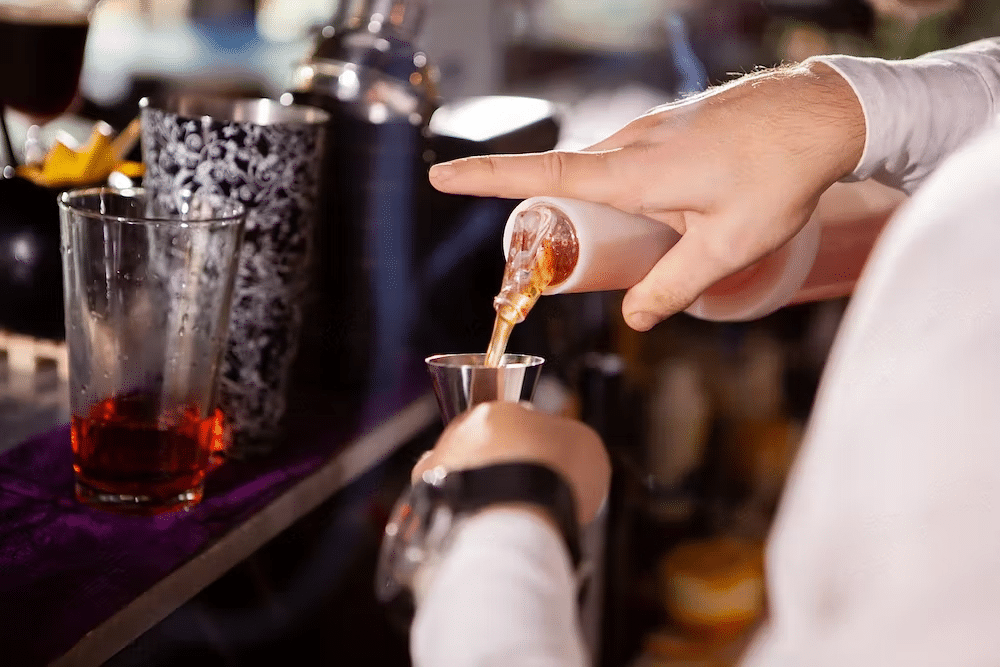
Free pour spouts are essential for any bartender looking to increase accuracy and speed when pouring drinks. There are a few different types of free-pour spouts, each with advantages and disadvantages. The most common type is the standard pour spout, which is usually 2-3 inches long and can be used for all types of liquors.
Other types include the jigger spout, which has a shorter length for more precise pours, and the angled spout, which helps to reduce spillage when pouring from higher-up bottles.
All free-pour spouts should be regularly cleaned with soap and water to prevent contamination. With so many options available, it’s important to find the right type of pour spout that fits your needs so that you always get accurate pours!
Standard Free Pour Spout
Standard free-pour spouts are the most common type of pourer used in bars and restaurants. These versatile spouts feature a black rubber stopper at the bottom and a slight curve in the spout to reduce spillage.
The high flow rate of these pourers makes them ideal for quickly pouring drinks with accuracy and precision. Because they can be used for all types of liquors, standard free-pour spouts are essential for any bartender looking to increase speed and efficiency when pouring drinks.
It is important to keep these spouts clean with soap and water to avoid contamination, ensuring that every drink is served with quality and consistency.
Tapered Free Pour Spout
Tapered free pour spouts are an excellent choice for bartenders who want to maintain accuracy and consistency while reducing the amount of liquid spilt. These specialized pourers have a tapered end that reduces the flow rate from high to medium, allowing for more precise pouring.
The tapered end also prevents dirt and bacteria from collecting in the spout, a common problem with standard pourers. In addition, these spouts are great for beginners because they are easy to use and require less skill than standard spouts.
Tapered free pour spouts can help any bartender increase speed and accuracy when pouring drinks, making them an essential tool for any bar or restaurant.
Screened Free Pour Spout
Screened free-pour spouts are a great choice for bartenders who want to ensure accuracy and consistency while pouring drinks. Unlike tapered free pour spouts, these have a screen on the end that ward off dirt and grime while still allowing liquid to flow through with ease.
This type of pourer is more expensive than standard pourers, but it provides a much lower rate of flow, which can be beneficial for thicker liqueurs or other viscous liquids. Screened free-pour spouts can help any bartender maintain accuracy when pouring drinks without sacrificing speed.
Not only do they reduce the number of spills that occur behind the bar, but they also protect against contaminants from getting into the drink ingredients. Overall, screened free-pour spouts are essential for any bar or restaurant looking to keep their customers safe and satisfied.
Conclusion
Mastering free pouring techniques and pour counts is a skill that all bartenders should strive for. Free pouring is the art of accurately measuring liquor without using a jigger or other measuring device.
It’s a skill that takes practice and patience, but once you have it down, you can make drinks quickly and accurately. With time and practice, these steps will help you master free pouring techniques and pour counts like a pro!
Do you have questions? Let us know!
FAQs
How do bartenders count shots?
The general rule of thumb is that one count equals one-quarter of an ounce. Most drinks take 1.25 to 2 ounces. That means that to make a vodka soda with 1.25 ounces of liquor, the bartender should count to 5 before cutting off the alcohol.
How do you count shots when pouring?
Most bartenders use a standard “four count” to free-pour — a count of . . . 1 – 2 – 3 – 4. The “four counts” is preferred because it breaks down so easily — “1” equals a quarter shot, “2” equals a half shot, on up to a full “4” count — which is the house pour, or one full shot.
Are two shots 50 ml?
Let us help you simplify counting. A mini or nip has 50 millilitres, giving you one shot. A quarter pint is 100 millilitres and will give you two shots. A half pint, 200 millilitres, will yield four shots. A pint, 375 millilitres, has eight shots.



